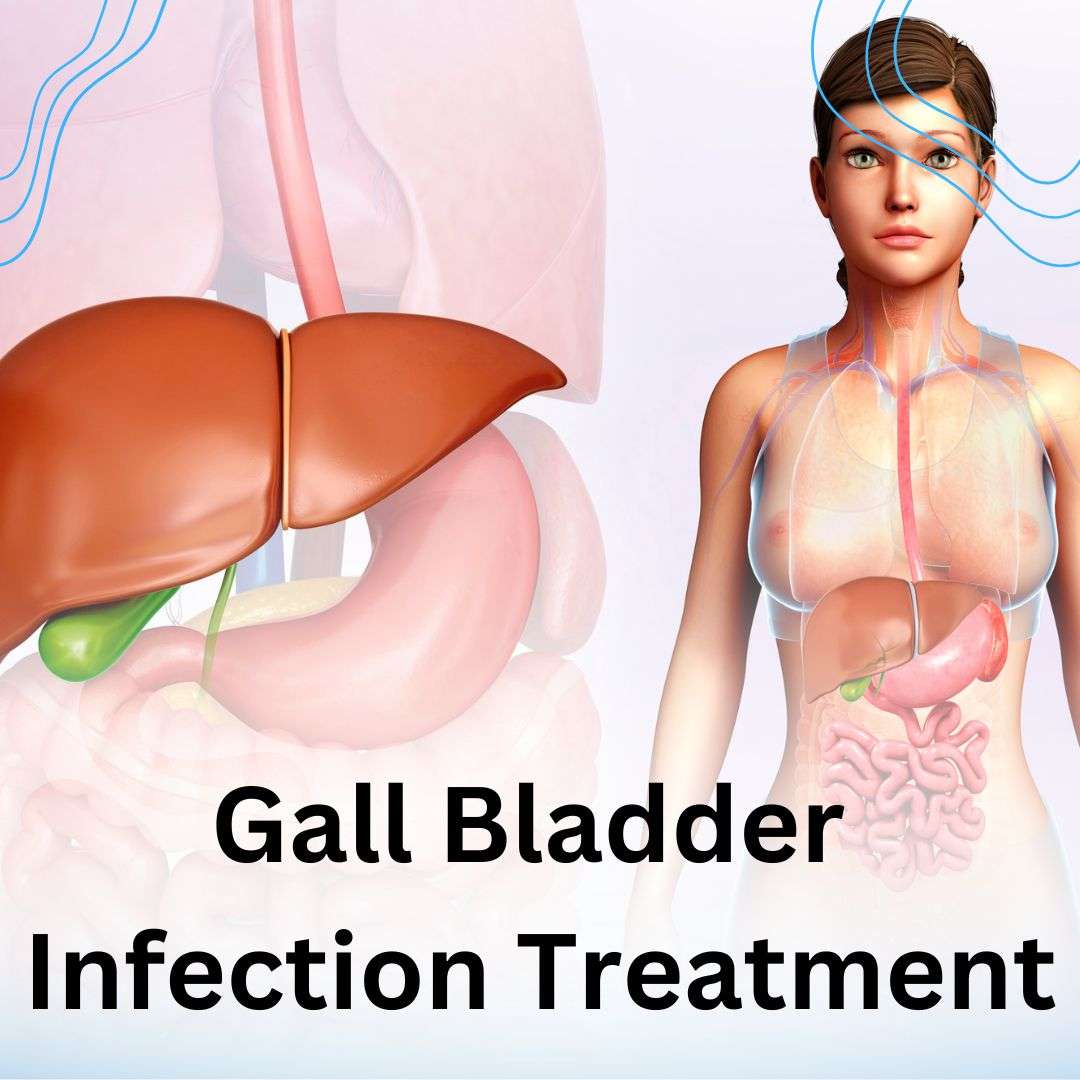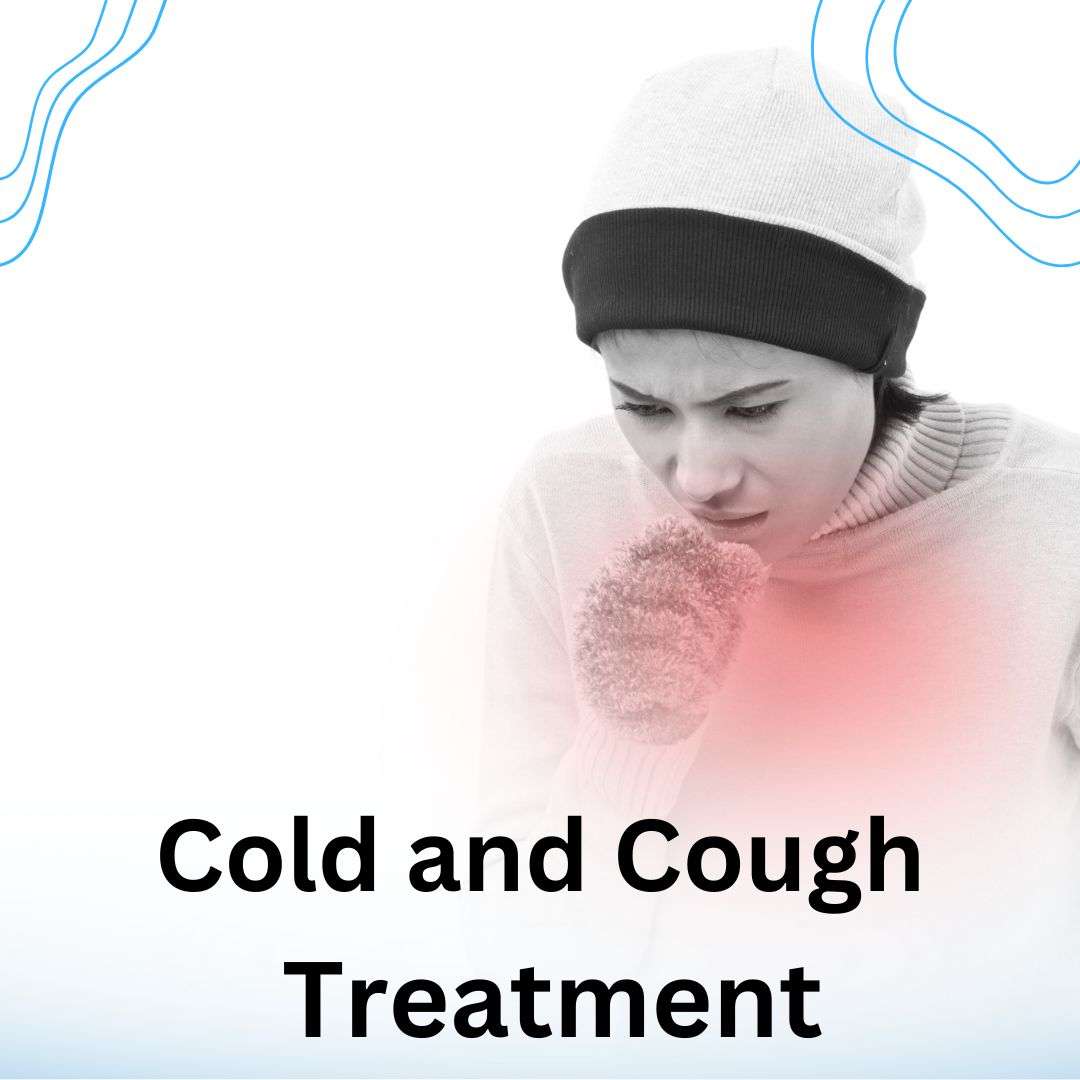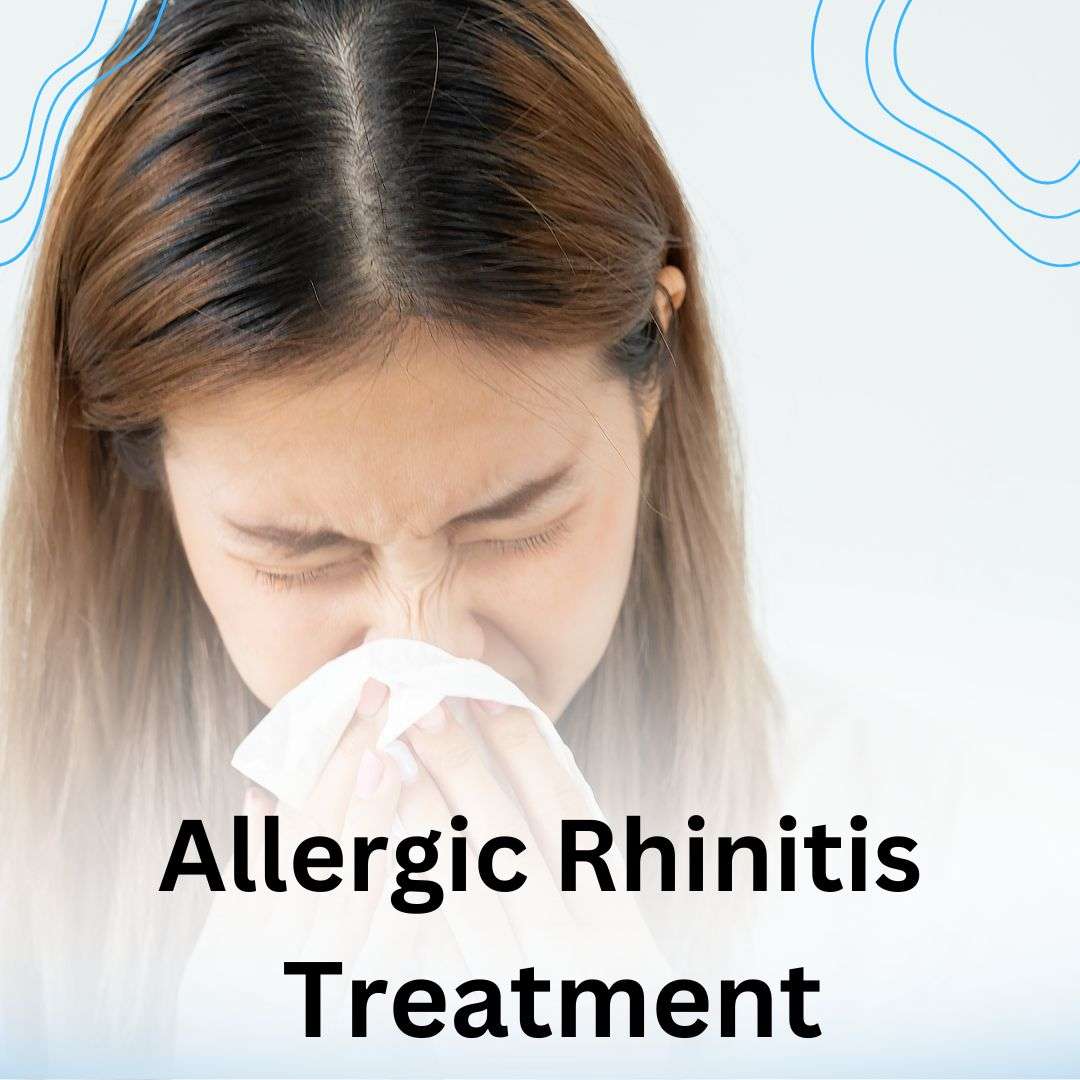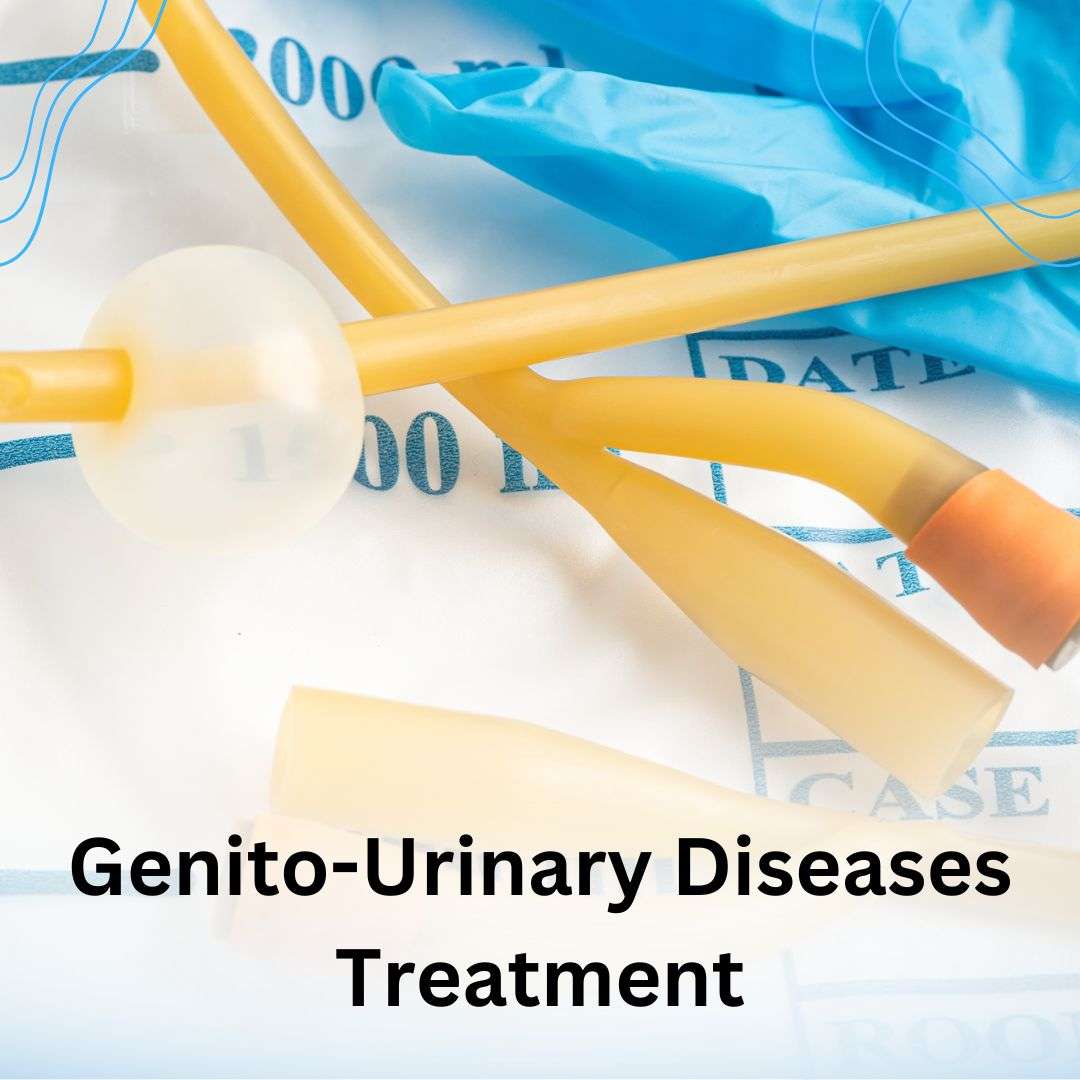Product Description
Lower Respiratory Tract Infection (LRTI) refers to infections that affect the structures below the larynx, including the trachea, bronchi, bronchioles, and alveoli in the lungs. These infections are among the leading causes of morbidity worldwide, particularly in children, elderly individuals, and those with compromised immune systems.
Causes
LRTI is primarily caused by pathogens, including bacteria (e.g., Streptococcus pneumoniae, Haemophilus influenzae), viruses (e.g., influenza, respiratory syncytial virus), and, less commonly, fungi (e.g., Aspergillus, Histoplasma). The infection can spread through inhalation of infectious droplets or direct contact with contaminated surfaces.
Symptoms
Common symptoms include:
Cough (productive or dry)
Shortness of breath
Chest pain (especially during breathing or coughing)
Fever
Fatigue
Wheezing or noisy breathing
Severe cases may present with cyanosis, rapid breathing, or confusion, indicating oxygen deprivation.
Types
Bronchitis – Inflammation of the bronchi, often viral in origin.
Bronchiolitis – Common in children, usually caused by respiratory syncytial virus (RSV).
Pneumonia – Infection of the alveoli, which can fill with fluid or pus, leading to severe symptoms.
Diagnosis
LRTI is diagnosed based on clinical evaluation, including physical examination and patient history. Diagnostic tools may include chest X-rays, sputum analysis, blood tests, or pulse oximetry to assess oxygen levels.
Treatment
Treatment depends on the causative agent:
Bacterial LRTIs: Antibiotics (e.g., amoxicillin, azithromycin).
Viral LRTIs: Supportive care, including hydration, rest, and antiviral medications if indicated.
Fungal LRTIs: Antifungal drugs (e.g., amphotericin B).
Symptomatic relief may include bronchodilators, antipyretics, and oxygen therapy in severe cases.
Prevention
Preventive measures include:
Vaccination (e.g., influenza, pneumococcal vaccines).
Good hand hygiene.
Avoiding smoking and other lung irritants.
Timely medical intervention for chronic respiratory conditions.
Prompt diagnosis and appropriate management are essential to prevent complications such as respiratory failure or sepsis.
Terms & conditions
Tags
#Lower respiratory tract infection (LRTI)
#LRTI causes and symptoms
#LRTI treatment in Bangalore
#LRTI diagnosis and care
#Bacterial LRTI treatment in Bangalore
#Viral LRTI management in Bangalore
#Pneumonia treatment in Bangalore
#Bronchitis treatment in Bangalore
#Bronchiolitis care in Bangalore
#Respiratory infection doctor in Bangalore
#Best pulmonologist for LRTI in Bangalore
#Chest infection specialist in Bangalore
#Cough and chest pain treatment in Bangalore
#Oxygen therapy for LRTI in Bangalore
#Respiratory infection prevention in Bangalore
#Lower respiratory tract infection treatment in Whitefield
#Bronchitis specialist in Koramangala
#Pneumonia care in Indiranagar
#LRTI diagnosis in Jayanagar
#Viral infection doctor in HSR Layout
#Respiratory infection treatment in JP Nagar
#LRTI management in Basavanagudi
#Best pulmonologist in Rajajinagar for LRTI
#Chest infection care in Malleswaram
#Cough treatment in Bannerghatta Road
#LRTI specialist in Marathahalli
#Bronchitis doctor in Bellandur
#Pneumonia treatment in Yelahanka
#LRTI diagnosis in Hebbal
#Respiratory care clinic in Electronic City
#Lower respiratory infection treatment in Hennur
#Pulmonologist in Banashankari for LRTI
#Chest infection treatment in Nagarbhavi
#LRTI specialist in Sahakar Nagar
#Bronchiolitis care in Frazer Town
#Respiratory care in BTM Layout
#Doctor for LRTI in Domlur
#Best respiratory care in Kengeri
#Pneumonia specialist in Vijayanagar
#Bronchitis treatment in Magadi Road
#LRTI management in KR Puram
#Viral respiratory infection doctor in Ulsoor
#Chest pain treatment in Kammanahalli
#LRTI diagnosis in RT Nagar
#Respiratory infection treatment in Wilson Garden
#Pneumonia care in Sarjapur Road
#Pulmonologist in Richmond Town for LRTI
#LRTI specialist in Shivajinagar
#Best doctor for respiratory infections in Hoskote
#Cough and chest infection care in Cox Town
#LRTI treatment in Basaveshwar Nagar
#Bronchitis specialist in Vidyaranyapura
#Chest infection doctor in Devanahalli
#Viral infection treatment in Bommanahalli
#Pneumonia care in Mahadevapura
#Best respiratory clinic in Hosur Road
#LRTI management in Yeshwanthpur
#Respiratory care in Peenya
#Bronchiolitis doctor in Kanakapura Road
#Pneumonia specialist in Seshadripuram
#Cough treatment in Lavelle Road
#Chest pain care in Nagawara
#Bronchitis care in Kaggadasapura
#Respiratory infection doctor in Banaswadi
#Pulmonologist in Bommasandra for LRTI
#LRTI treatment in Old Airport Road
#Pneumonia diagnosis in HAL Layout
#LRTI management in HBR Layout
#Doctor for bronchitis in Kodigehalli
#Chest infection care in Uttarahalli
#Best doctor for pneumonia in Varthur
#LRTI specialist in Kasavanahalli
#Bronchiolitis care in Thanisandra
#Respiratory clinic in Kalyan Nagar
#Viral respiratory treatment in Hebbal Kempapura
#LRTI and pneumonia care in Bangalore
#Cough and wheezing treatment in Bangalore
#Best clinic for LRTI in Whitefield
#Bronchitis diagnosis and care in HSR Layout
#Doctor for respiratory infections in Koramangala
#Pneumonia and chest pain treatment in Indiranagar
#Pulmonologist for LRTI in JP Nagar
#Viral and bacterial respiratory infection care in Bangalore
#Pneumonia specialist in Rajajinagar
#LRTI care clinic in Basavanagudi
#Where to treat lower respiratory tract infections in Bangalore
#Best respiratory specialists in Marathahalli
#Pneumonia treatment for seniors in Yelahanka
#Bronchitis care for children in Malleswaram
#Affordable LRTI diagnosis in KR Puram
#Emergency respiratory infection care in Electronic City
#Doctor for chest infections in Banashankari
#Pulmonologist in Sahakar Nagar for wheezing and cough
#Pediatric LRTI treatment in Hebbal
#Best hospital for LRTI care in Frazer Town
#Expert respiratory care clinic in BTM Layout
#LRTI diagnosis center in Bellandur
#Pneumonia and bronchitis care in Nagarbhavi
#Trusted pulmonologist in Kammanahalli





